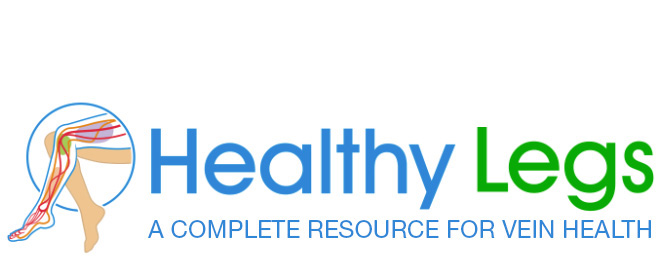What Causes Varicose Veins?
Your veins and arteries are part of your circulatory system. Arteries pump blood around your body. Once oxygen and nutrients are delivered, your blood flows into your veins, some of which are just below the skin.
The forward flow of blood is ensured through:
The forward flow of blood is ensured through:
- One way valves in the veins, preventing back flow
- Your calf muscles squeezing the blood toward your heart when you move about
- Your arteries transmitting energy to the veins to propel blood towards the heart
- Elasticity, veins stretch and contract to help with upward blood flow
Varicose veins develop when:
- Your veins walls become weak and lose their elasticity
- The valves in your veins become ineffective, leading to backward flow of blood
- Rarely, when the larger veins closer to your heart are obstructed or fail
When this happens, blood pools in those veins making them varicose.
What Are The Signs & Symptoms?
In the majority of cases, varicose veins are visible to the eye and may appear in one or more of the following ways:
- Knobby
- Like twisted ropes
- Bulgy and protruding above the surrounding skin
- Skin colour, blue, dark blue or purple in color
Initially, they may not cause any symptoms. Although in some cases symptoms develop before the varicose veins become prominent. The symptoms that may be associated with varicose veins include:
- Aching in your legs
- Pressure and heaviness in your legs
- Burning and throbbing pain
- Weakness in your legs
- Muscle cramping (with or without swelling) in your feet or lower legs
- Worsening pain after sitting for a long period or after being on your feet all day
- Skin ulcers (usually near your ankle)
- Dry, red, scaly or itchy skin around the varicose veins
- A rash or skin discoloration around the varicose veins (due to blood leaking into skin tissue)
- Skin thickening over the varicose veins
- Painful muscle spasms in your calves at night
- Restless legs
What Are The Potential Complications?
Varicose veins can cause serious complications such as:
- Leg ulcers or sores: When fluid builds up in your ankle over a prolonged period due to pooled blood (known as venous stasis) this leads to discolouration. Over time, painful ulcers or sores develop which are difficult to heal.
- Bleeding: The skin over the veins can get damaged, tearing the fragile varicose vein, causing bleeding which can be difficult to stop.
- Serous infection: Chronic swelling of the feet and ankles due to varicose veins increases the risk of cellulitis, a serious bacterial infection of tissue under the skin.
- Blood clots: A thrombosis can form in either the superficial or deep vein system as a result of pooled blood. A superficial vein thrombosis (SVT) forms in the veins just below the skin, and may be firm, tender and warm with pain and swelling. A deep vein thrombosis (DVT) forms in the deeper veins and may cause pain in the calf muscle along with warmth, redness and swelling.
Varicose veins are not only a cosmetic problem but can give rise to a range of uncomfortable complications that can have a major effect on your health and quality of life. It is therefore important to see a medical practitioner who specialises in veins to have your legs assessed.









